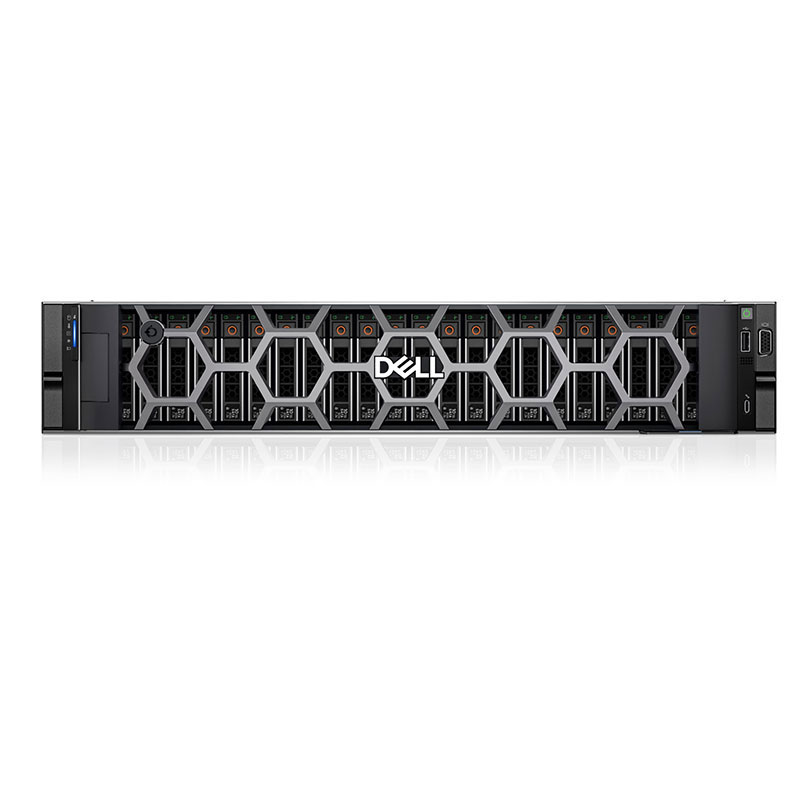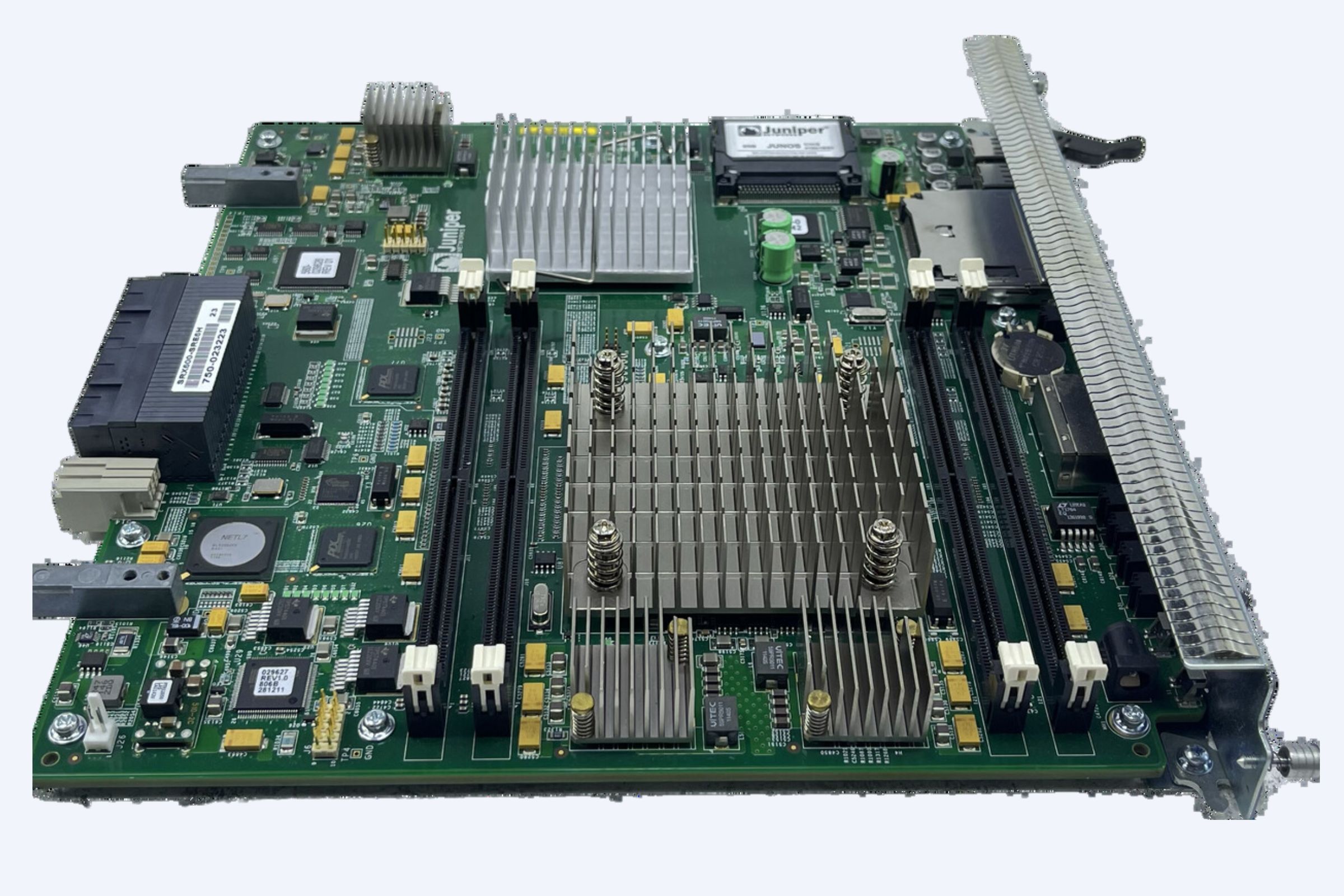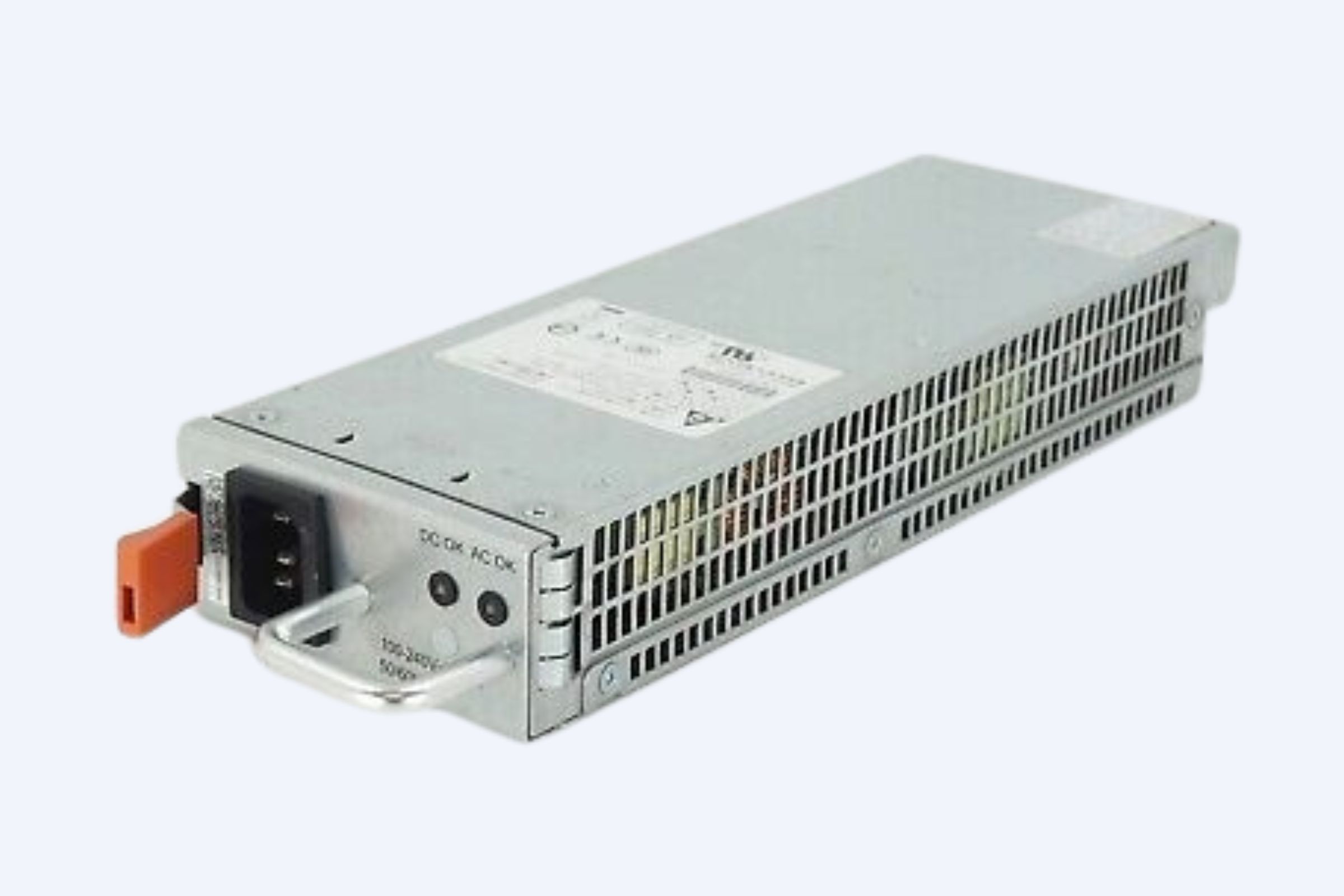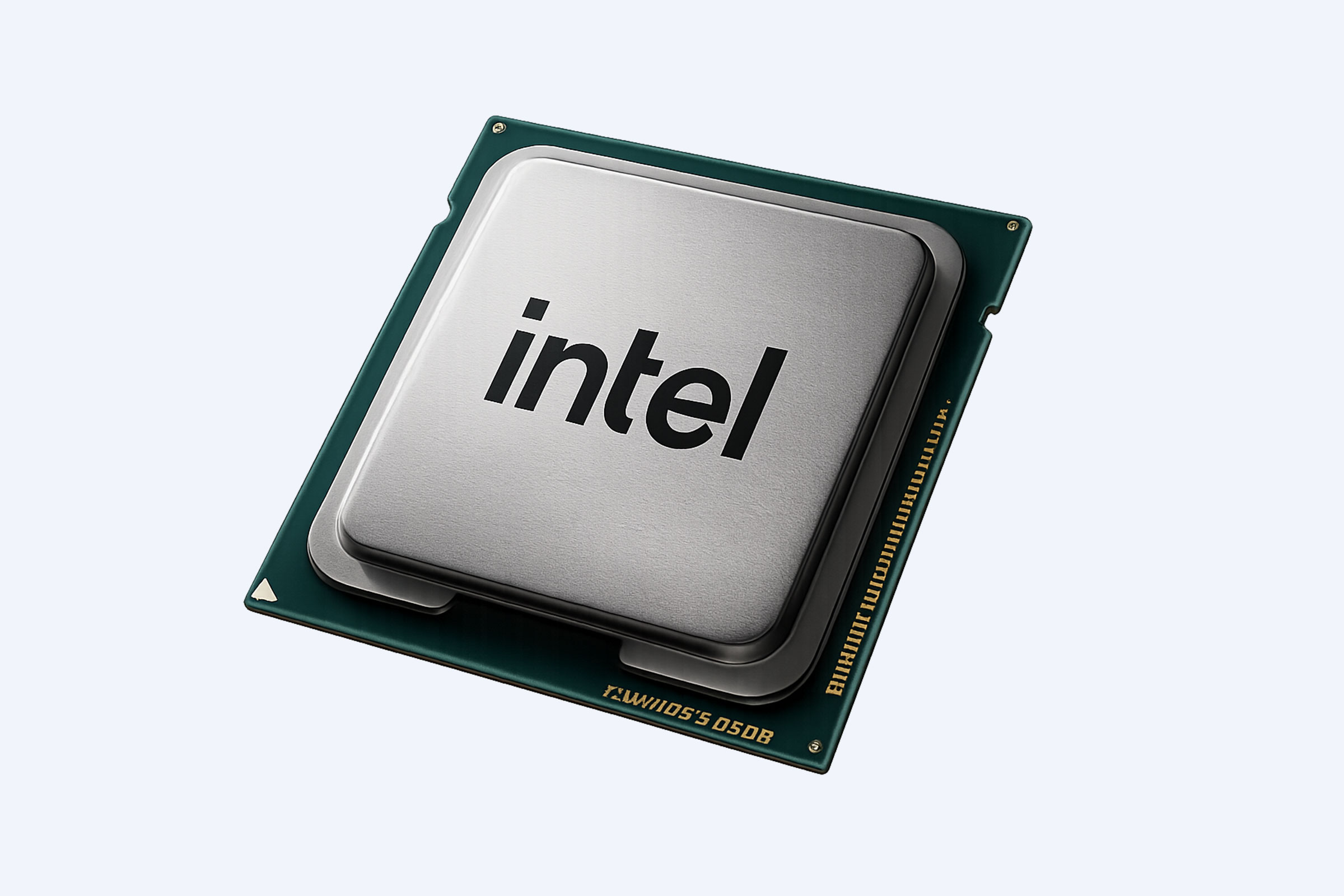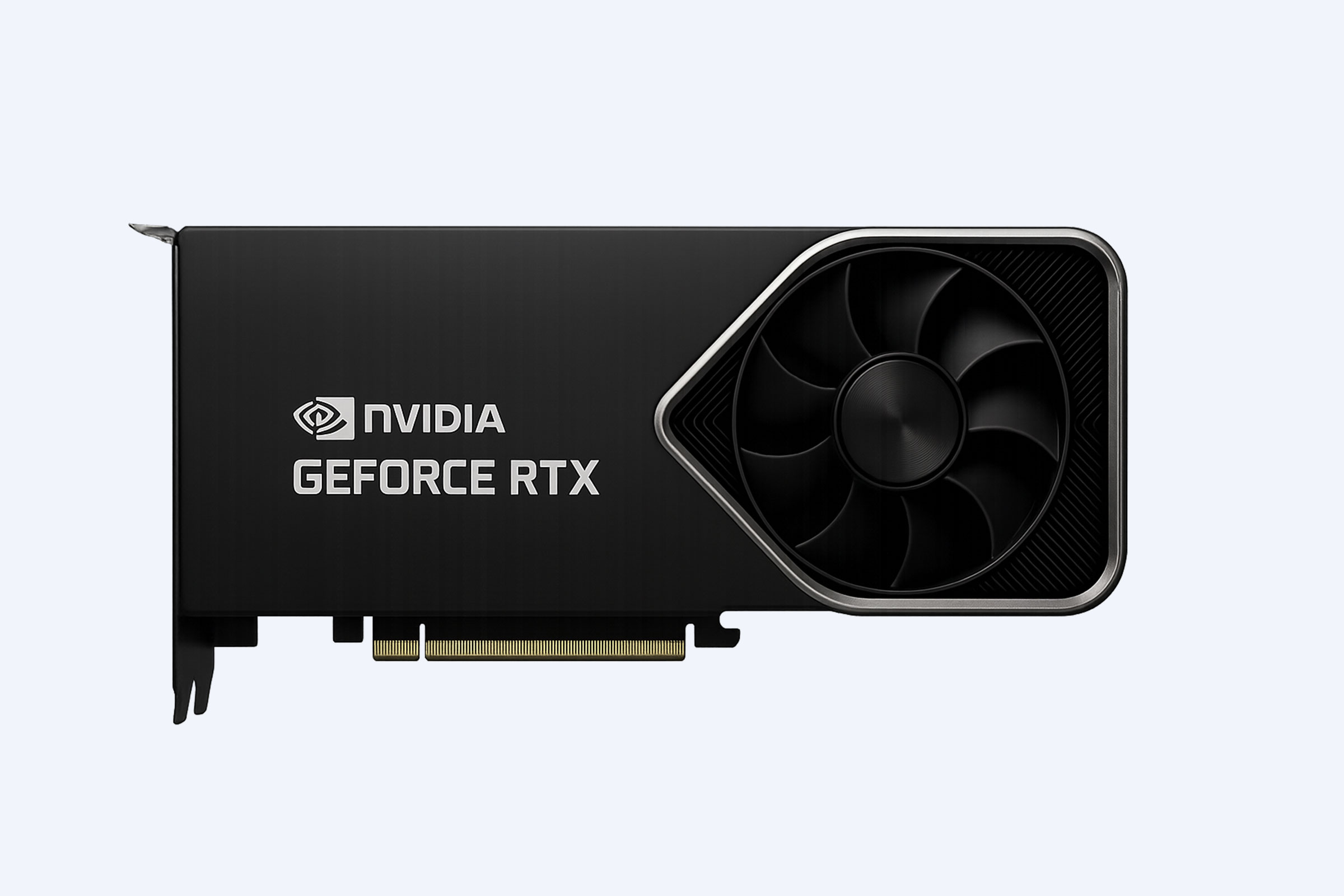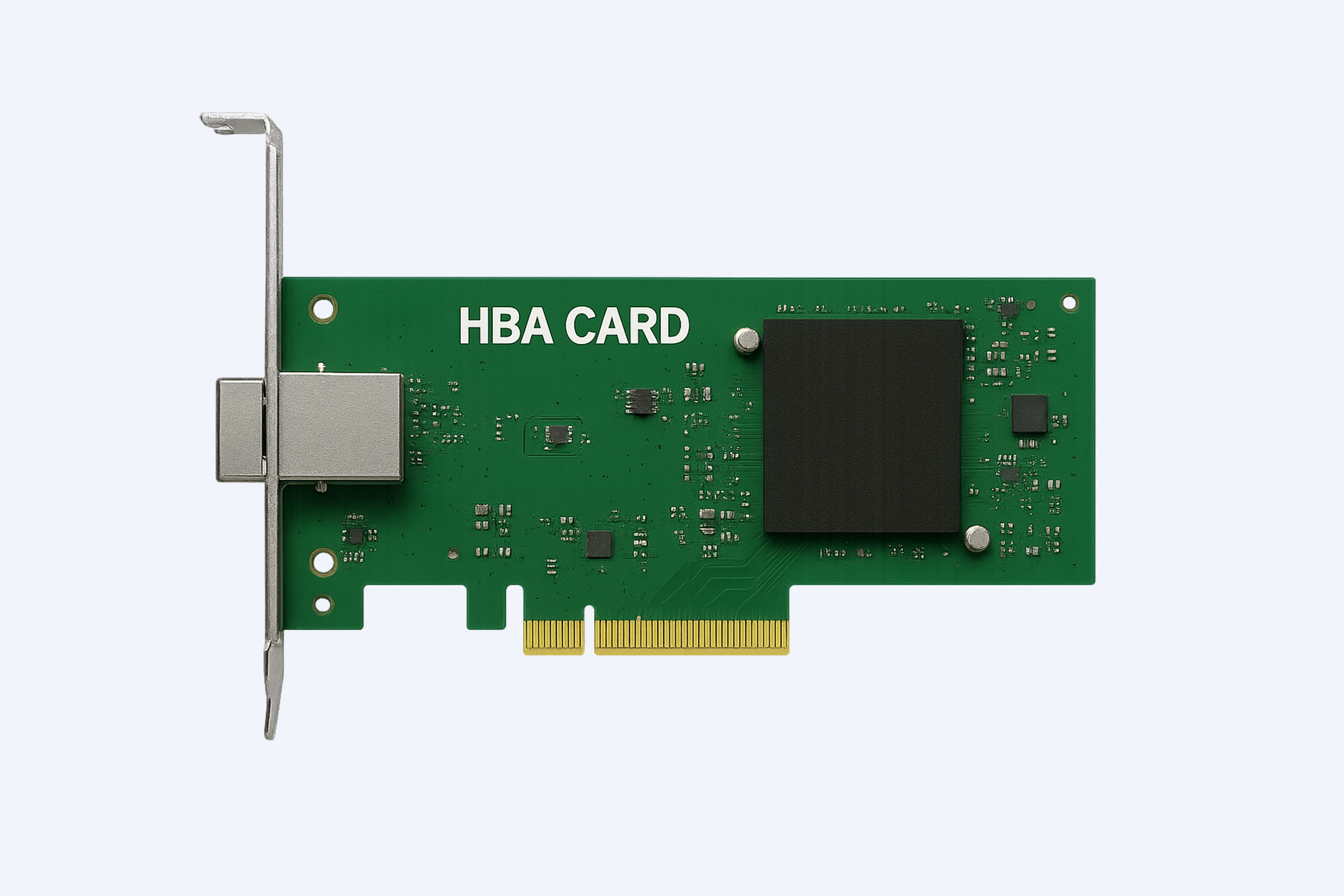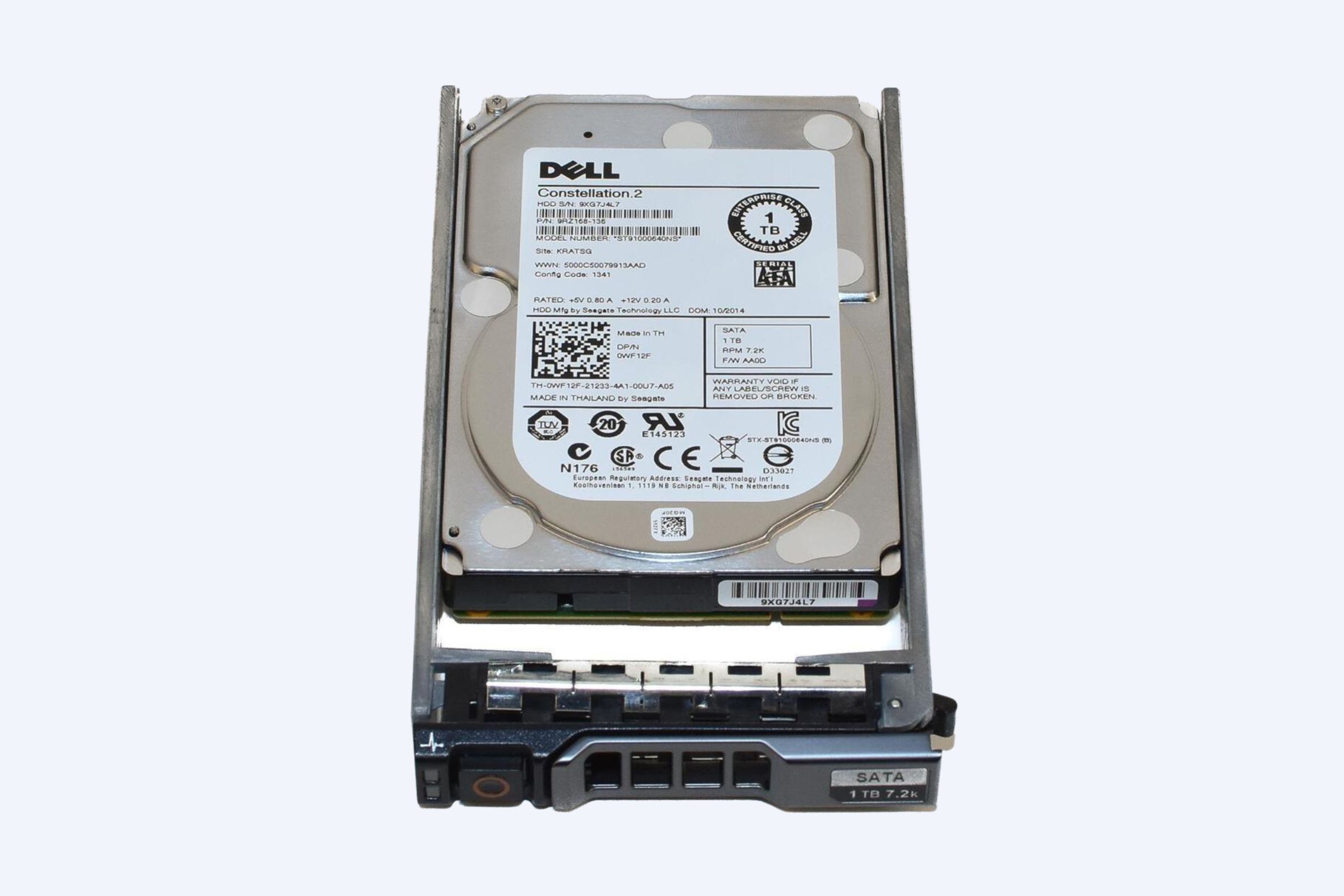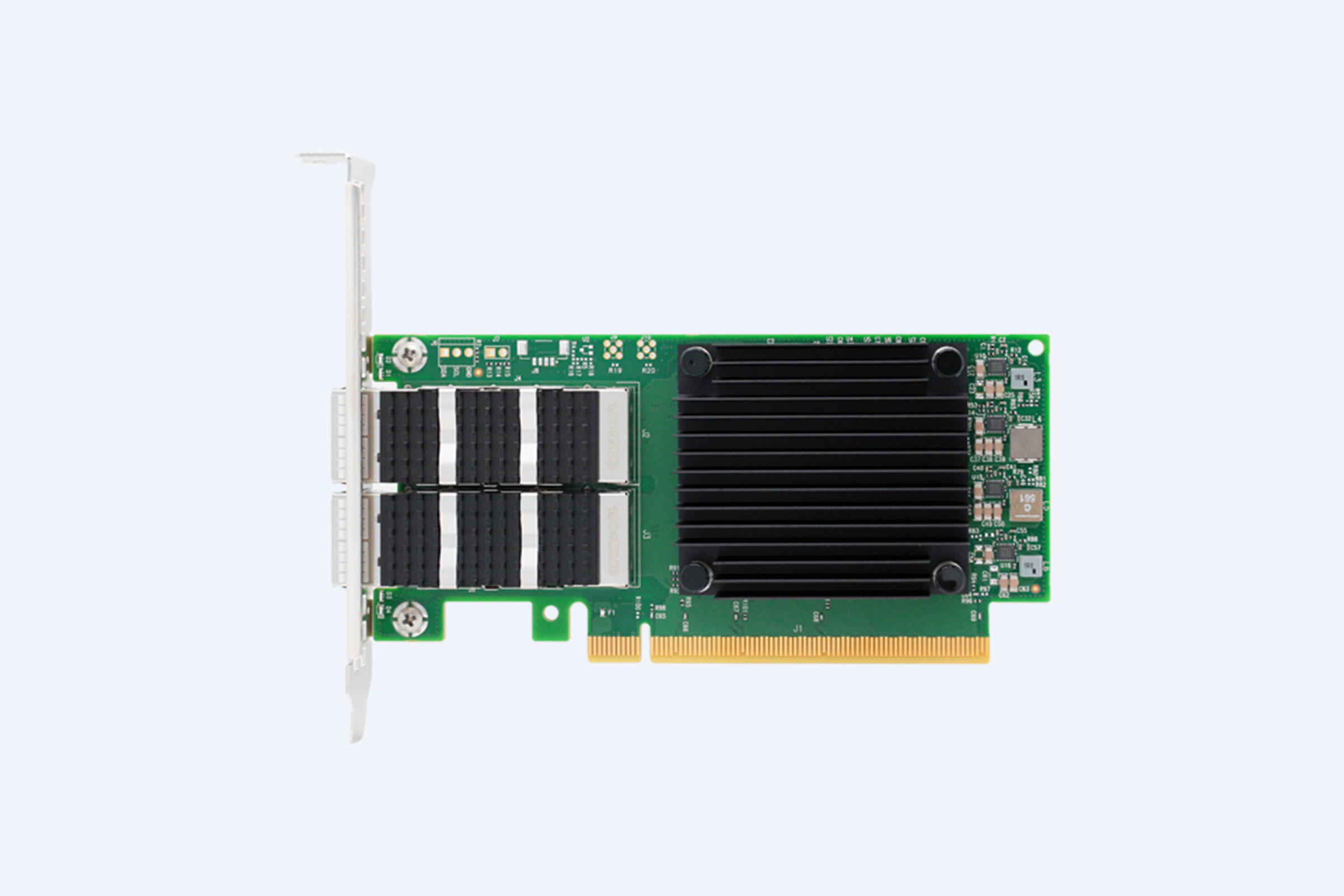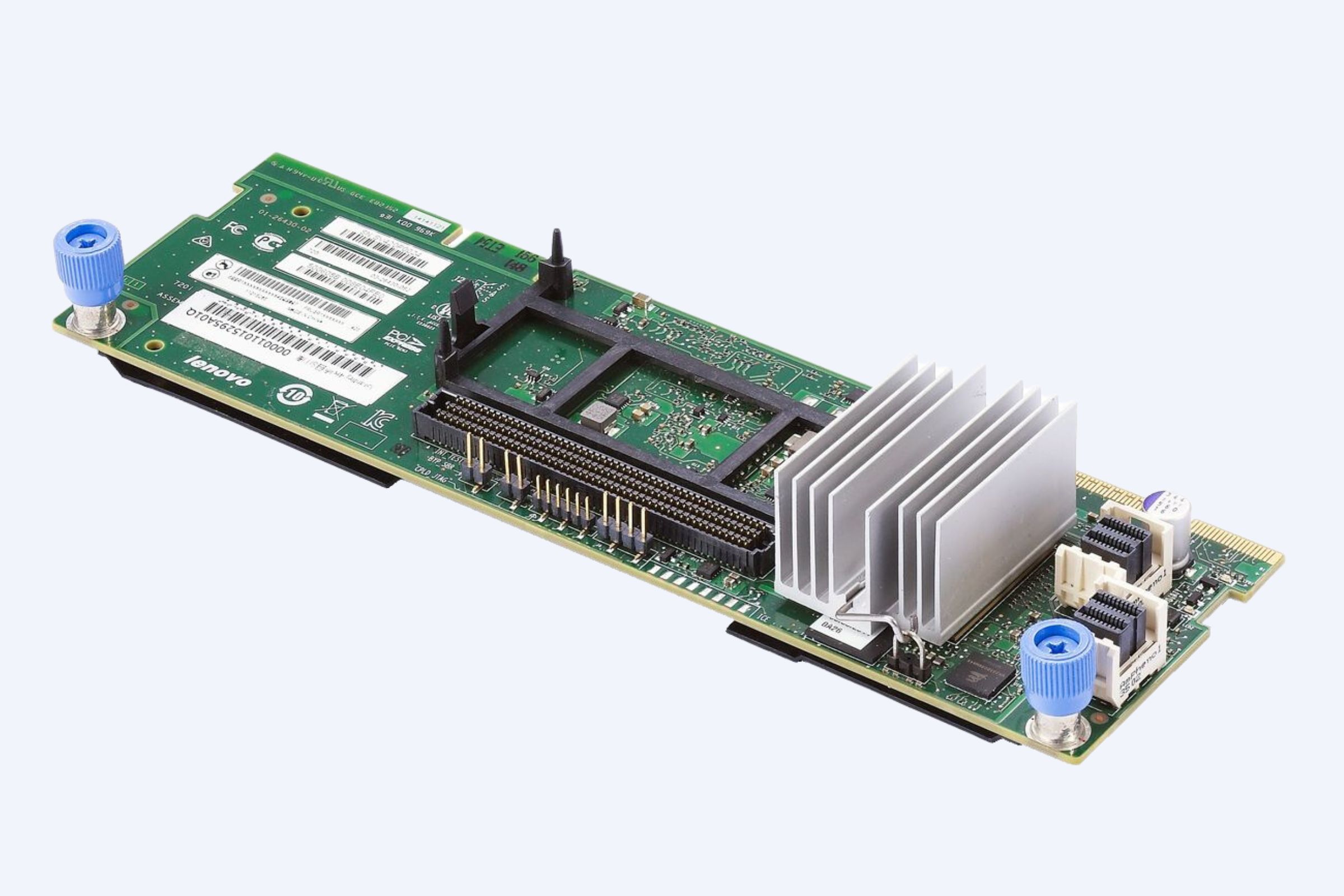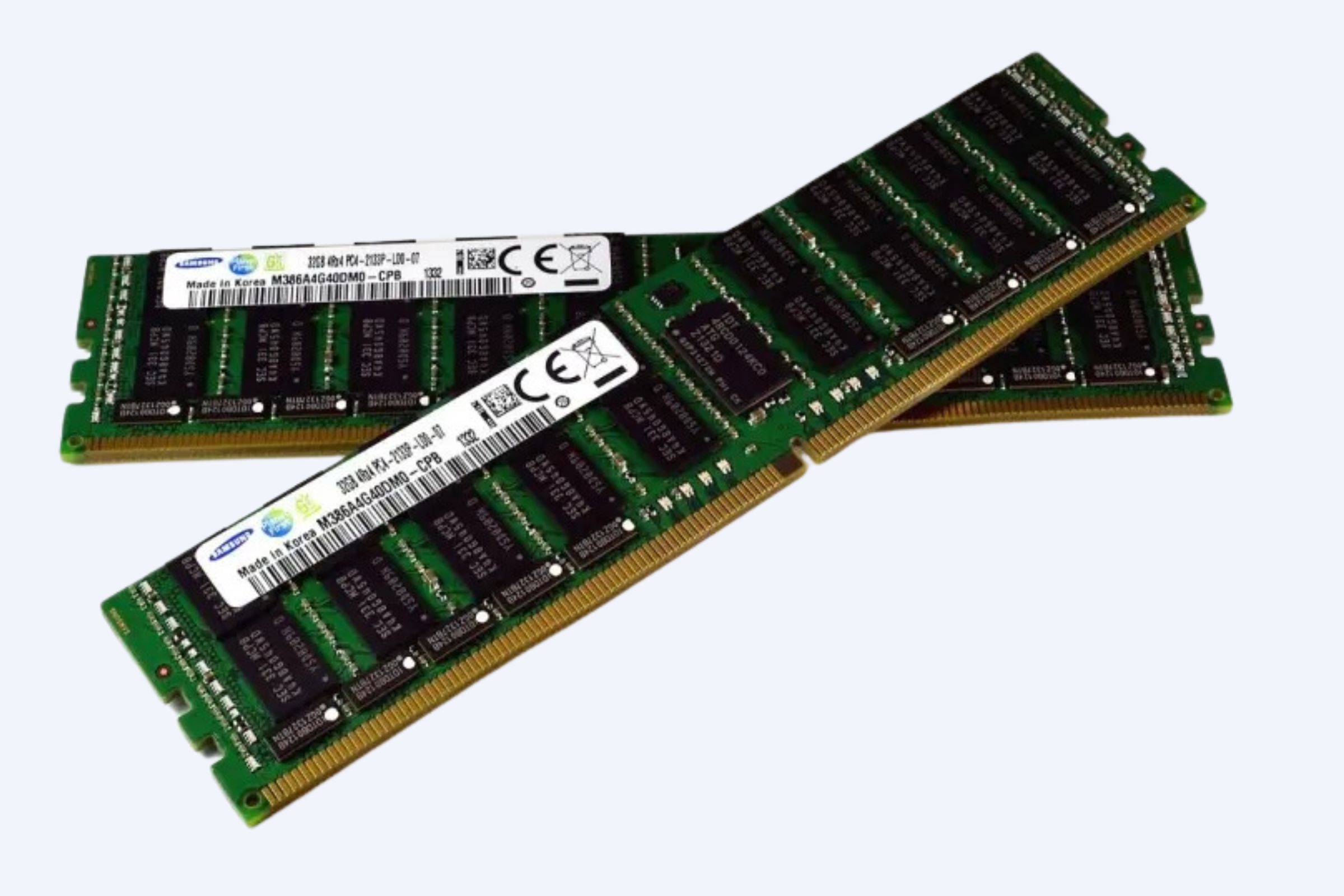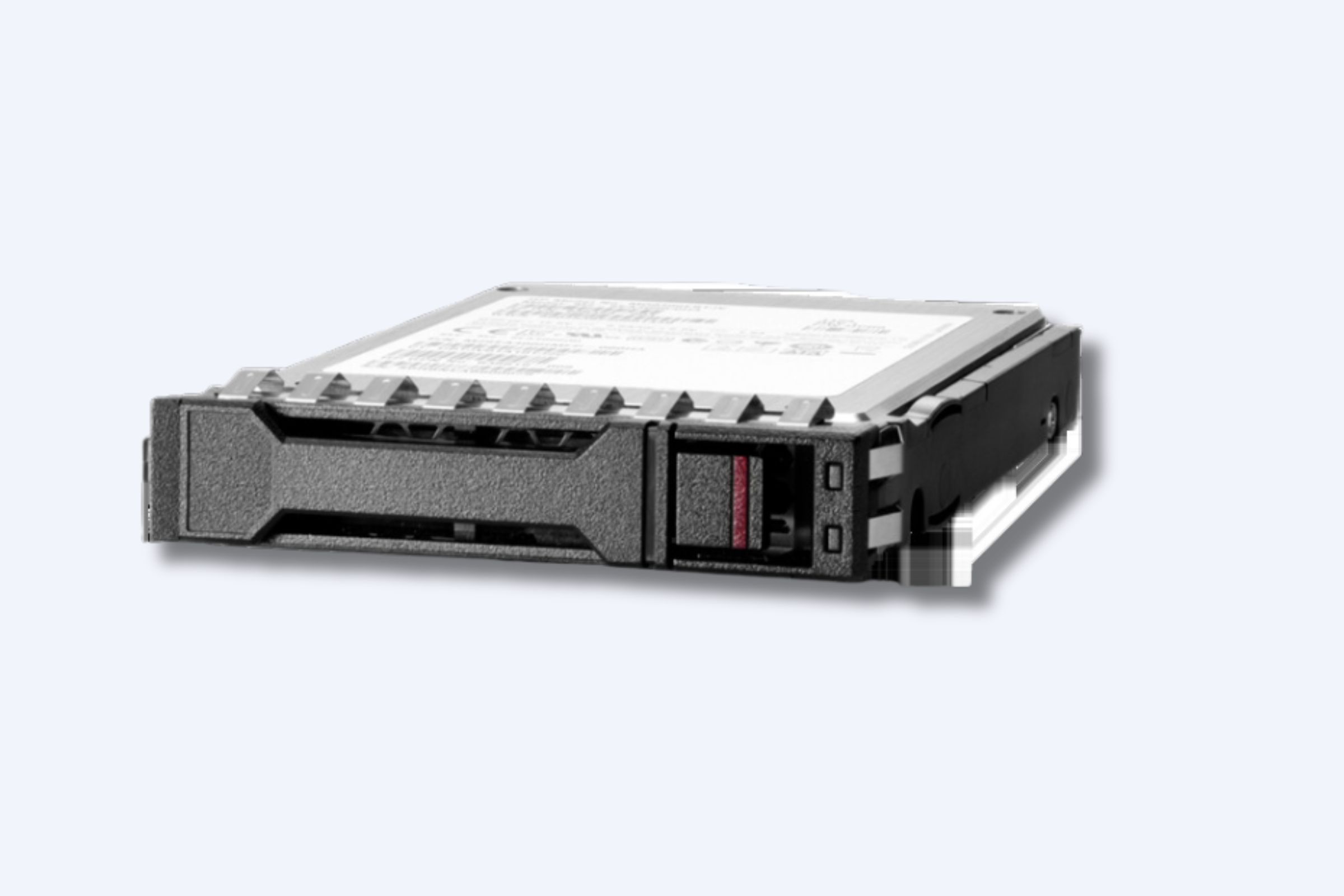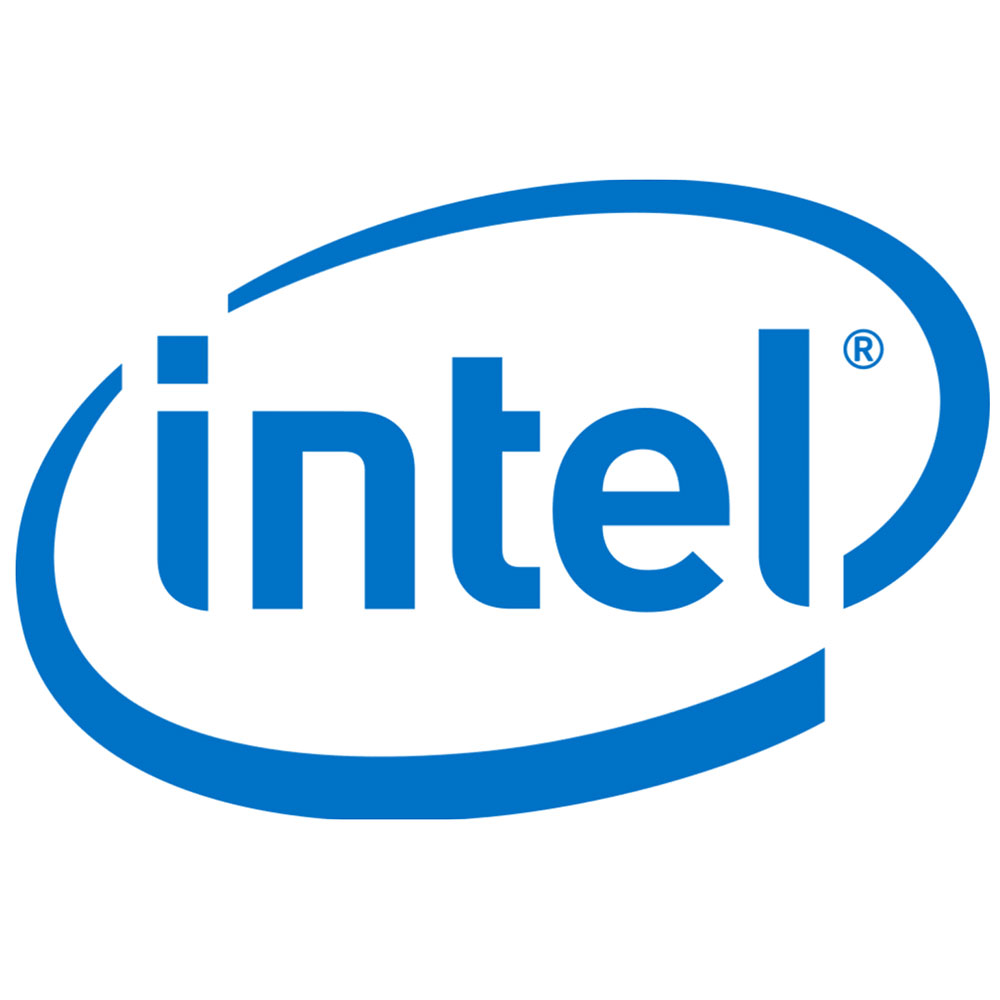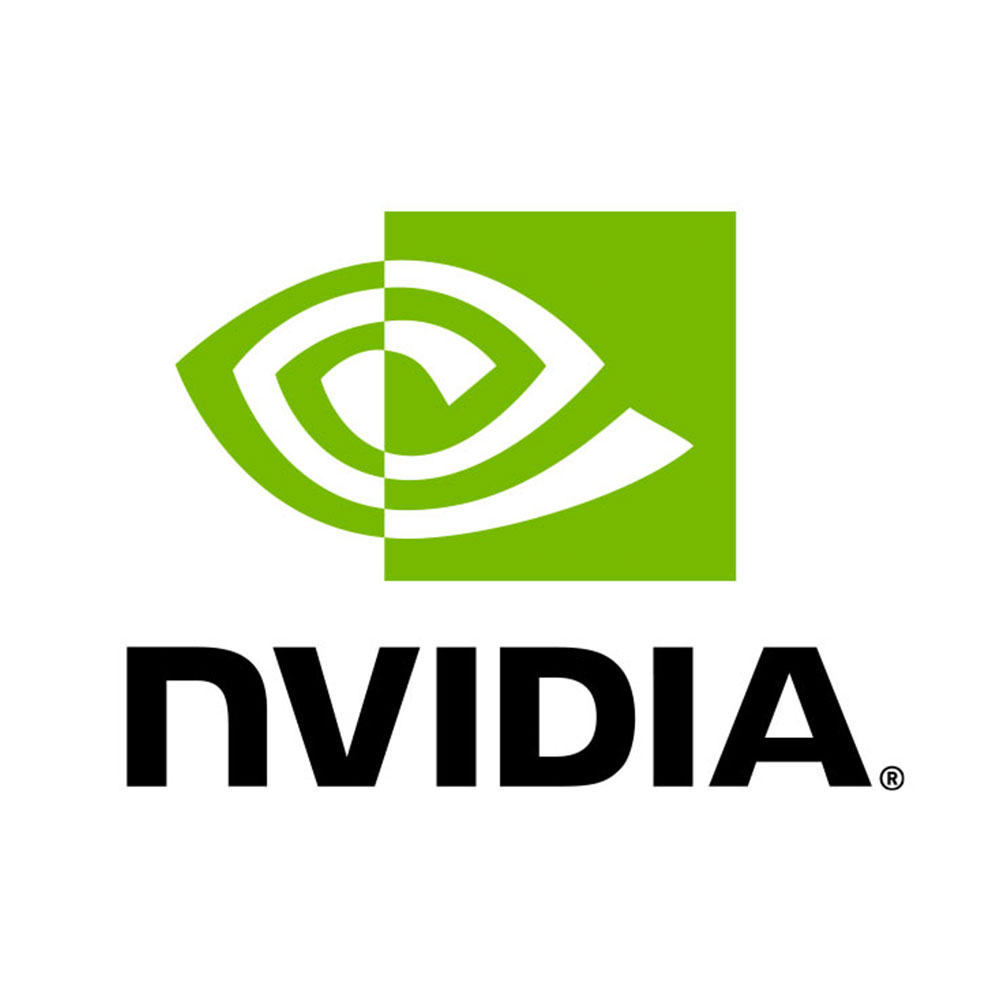Selecting a UPS system starts with understanding your IT environment, uptime goals, and total cost of ownership. WECENT, as a trusted IT equipment supplier and authorized agent, helps you align enterprise needs with branded, OEM-ready solutions from Dell, Huawei, HP, Lenovo, Cisco, and H3C. This guide distills fundamentals, sizing, and procurement best practices for IT solution providers, system integrators, and enterprise buyers.
How Do Common UPS Fundamentals Apply to 2025 IT Environments?
H2 headings across leading guides emphasize reliability, battery health, topology, monitoring, and maintenance. They stress aligning UPS choice with critical load, virtualization needs, and available space. WECENT integrates these essentials with customization options to fit branded requirements and global warranties.
What Are 5 Core Questions About UPS Fundamentals?
-
How does a UPS protect data integrity during outages?
-
What runtime is needed for graceful shutdowns?
-
Which UPS topology suits a given workload?
-
Why is battery health monitoring critical?
-
How does purchasing via an authorized agent benefit an enterprise?
Why Is Runtime Critical in UPS Sizing?
Runtime determines how long critical equipment can run during an outage and how long until a clean shutdown or generator start. Match UPS capacity to critical-load profiles and desired recovery objectives. WECENT offers configurations with extended runtimes and service-level warranties for enterprise deployments.
How Do UPS Topologies Suit Enterprise Environments?
-
Online double-conversion provides continuous output quality for virtualization and mission-critical services.
-
Line-interactive balances protection with cost for mid-size data centers and networks.
-
Offline/standby covers basic protection for non-critical devices. WECENT guides clients to the right mix based on redundancy, risk, and budget.
How Do Monitoring and Management Add Value?
Real-time health metrics, battery status, and event logs enable proactive maintenance. Integrations with SNMP, DCIM, and cloud-based dashboards improve uptime. WECENT supplies UPS platforms with robust management features and seamless partner ecosystem compatibility.
How Should Redundancy Be Planned for Critical Apps?
Design redundancy with N+1 or 2N configurations and align with generator availability and power distribution architecture. WECENT supports redundancy planning, installation, and validation to minimize downtime.
How Do Authorized-Brand UPS Solutions Benefit You?
Authorized-brand UPS systems ensure genuine parts, manufacturer warranties, and reliable service networks. They also enable OEM/customization options, branded service offerings, and predictable lifecycle costs. WECENT partners with leading brands to deliver authentic solutions with customization potential.
How Do We Compare Costs and TCO?
TCO includes purchase price, maintenance, battery replacements, energy efficiency, and downtime costs. Quantify risk and model annualized costs. WECENT provides guidance on cost optimization and lifecycle planning.
How Does WECENT Align Solutions With Your Data Center?
WECENT matches capacity, runtime, topology, and management features to data center size and growth plans. We deliver original hardware with warranties, plus installation and ongoing support. OEM/customization options help wholesalers, integrators, and brand owners differentiate with branded resilience.
How Do Battery Technologies Affect Longevity?
SLA and Li-ion batteries have different lifecycles, temperatures, and charging needs. Li-ion often offers longer life and higher energy density but requires proper thermal management. WECENT educates clients on selecting batteries that balance cost, reliability, and environment.
How Can WECENT Support Your UPS Journey?
WECENT acts as a trusted IT equipment supplier and authorized agent, coordinating product selection, procurement, installation, and ongoing service. We offer OEM/customization options and fast-response support to ensure uptime.
WECENT Expert Views
“Uptime is a business enabler. WECENT’s approach combines genuine-brand protection with flexible service models, ensuring power resilience for data centers, campuses, and distributed IT.”
Which Brands and Models Could Fit Your Needs?
WECENT recommends a curated mix from Dell, Huawei, HP, Lenovo, Cisco, and H3C, prioritizing online double-conversion for core data centers and cost-efficient topologies for edge sites. We emphasize interoperability, easy management, and access to original parts and warranties.
What Is the Role of OEM and Customization in UPS Projects?
OEM/ODM customization enables branded packaging, firmware features, and tailored service contracts. For wholesalers and system integrators, this accelerates time-to-market and differentiation. WECENT enables customization aligned with existing ecosystems and standards.
When Is Redundancy Most Beneficial?
In environments with stringent uptime targets or regulatory requirements, N+1 or 2N redundancy is prudent. Planning should occur early, with integration into generators and distribution systems. WECENT supports design, installation, and validation.
Where Should Deployment Begin in a New IT Build?
Start with critical-load assessment, then select topology and capacity. Map runtime to business objectives and generator availability. WECENT provides structured assessments and brand-aligned solutions.
Does WECENT Provide After-Sales Support?
Yes. WECENT offers installation, maintenance, and ongoing technical support, with genuine parts and manufacturer-backed warranties.
Has Data Center Power Efficiency Improved in 2025?
Yes. Modern UPS platforms emphasize energy efficiency, modular scalability, and proactive health monitoring, reducing operational costs. WECENT stays current with efficiency standards to maximize ROI.
Are Quick-Switch Options Available for Edge Deployments?
Yes. Compact, scalable UPS units protect edge sites with remote management. WECENT helps configure edge-ready systems with centralized monitoring.
Is Integration With Virtualized Environments Easy?
Yes. Modern UPS platforms integrate with virtualization platforms and DCIM tools for centralized control. WECENT provides compatibility guidance and implementation services.
Am I Ready to Buy a UPS Through an Authorized Agent?
If authentic hardware, warranties, and customization options matter, yes. WECENT ensures genuine systems and scalable solutions.
How to Read a UPS Spec Sheet Quickly?
Assess capacity (kVA/kW), efficiency at load, and runtime at target load. Battery type and warranty terms are essential for lifecycle planning. WECENT offers guidance and clear quotes.
How to Compare Two UPS Solutions Side by Side?
Use a comparison table covering capacity, runtime, topology, battery type, management features, warranty, and service. WECENT can generate side-by-side views for procurement decisions.
How Do We Present a 60-Second Snapshot for Stakeholders?
Highlight the problem, proposed UPS solution, and expected outcomes: uptime, data integrity, and cost benefits. Include a concise call to action to engage WECENT for a tailored proposal.
How Can Your Organization Benefit from WECENT’s Capabilities?
WECENT delivers OEM-ready UPS systems, global support, and end-to-end project execution. We combine brand reliability with local expertise to ensure efficient deployment and ongoing optimization.
Tables and Charts
Table 1. UPS Topologies and Typical Use Cases
| Topology | Typical Use Case | Pros | Cons |
| Online double-conversion | Core data centers, high protection | Best output quality, scalable | Higher cost, energy use |
| Line-interactive | Small to medium data centers, edge | Cost-effective, good efficiency | Lower protection under heavy loads |
| Offline/standby | Branch offices, non-critical devices | Cheapest | Limited protection, longer transfer times |
Table 2. Runtime Scenarios at 80 kW Load (example)
| UPS Model | Runtime (minutes) | Battery Type | Redundancy Options |
| UPS Model A | 5 | Li-ion | N+1, 2N |
| UPS Model B | 12 | SLA | N+1 |
Note: Tables are integrated within the relevant sections to illustrate sizing and optimization decisions.
Conclusion
Choosing a UPS system involves balancing protection, efficiency, and total cost of ownership. Focus on runtime, topology, and management capabilities, and ensure vendor reliability and branding options align with your needs. WECENT stands ready to tailor UPS deployments for data centers, edge sites, and campuses, delivering resilient power protection and trusted support across procurement and deployment.
FAQs
-
What is the most reliable UPS topology for a data center? Online double-conversion is typically the most reliable for mission-critical workloads.
-
How long should backup power last during an outage? Runtime depends on load; plan for recovery windows and generator coordination.
-
Can WECENT customize UPS branding and firmware? Yes, WECENT offers OEM/ ODM customization options for wholesalers and integrators.
-
Do UPS systems require regular maintenance? Yes, maintenance and battery health checks are essential to uptime.
-
How do I verify a UPS purchase is genuine? Purchase through an authorized agent like WECENT to ensure authentic hardware and warranties.



